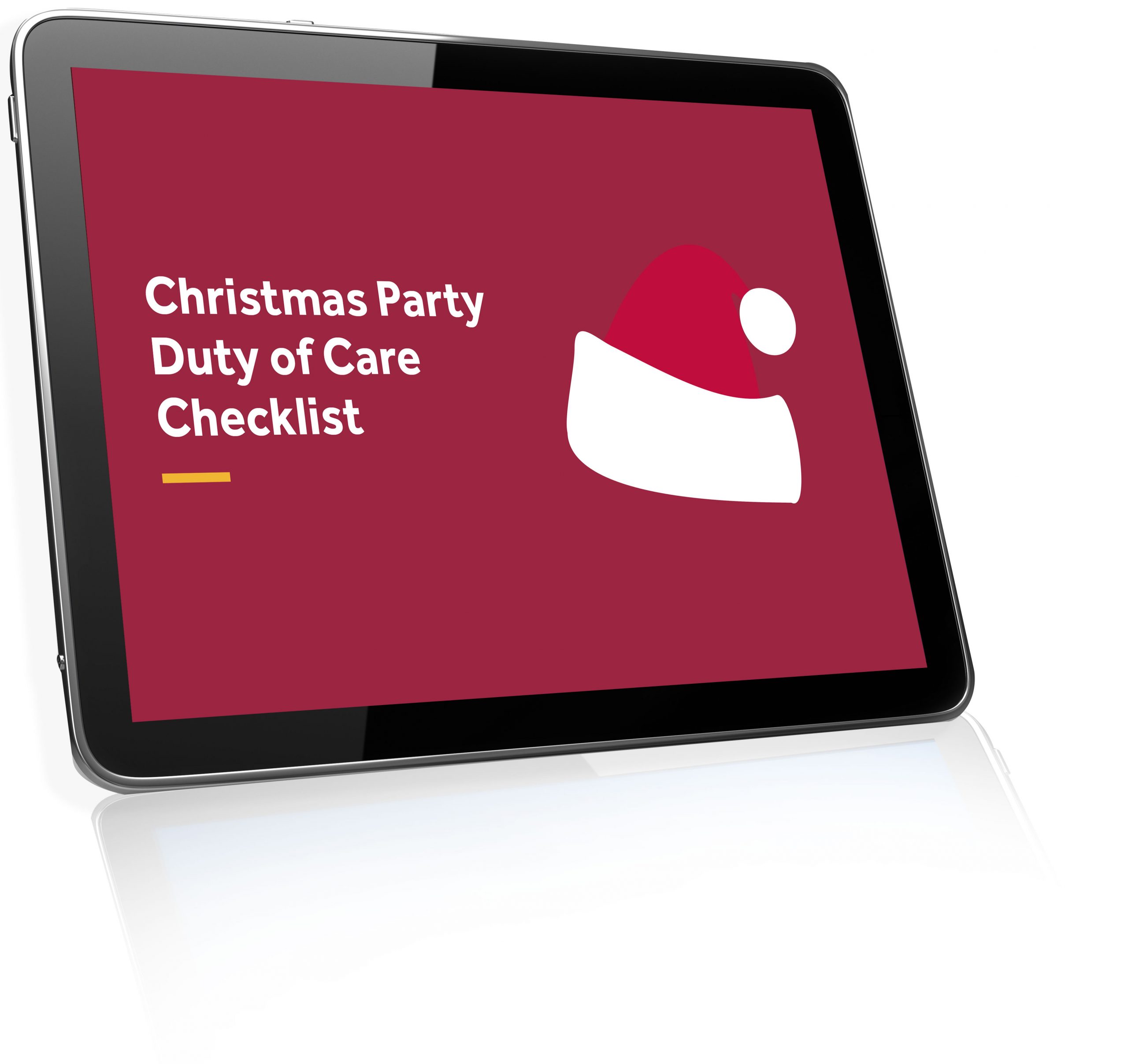
A new report by the International Labour Organisation (ILO) has found that more than one in five people in employment has experienced at least one form of violence and harassment at work. More than three out of five victims said they had experienced workplace violence and harassment multiple times. The ILO report is a scathing attack on the reality of violence and harassment in global workplaces. It investigates the nuanced layers of violence and harassment (physical, psychological, and sexual). What is the impact of this on employers and employees?
Background
Violence and harassment in the workplace is a growing phenomenon. It has profound impacts on the physical and mental health of employees. It creates situations where employees can feel threatened, bullied, attacked, or assaulted at work. As an employer, you have a duty of care toward your employees.
During the pandemic, there was an increased risk of violence and harassment in workplaces, and exposure to violence was heightened in certain industries.
Overview
Like other systemic issues, there is a significant lack of data on violence and harassment in the workplace. Further, it is tricky to apply the data because different definitions and notions of these issues exist. Efforts are being made by organisations to create global standards and collect data across countries. According to a global study conducted by ILO, 743 million people in employment experienced violence and harassment in the workplace in 2021. Globally, women were slightly more likely than men to have experienced violence and harassment in the workplace. Data also shows that high-income countries registered the highest prevalence and low and lower-middle-income countries had the lowest prevalence.
Lack of reporting
Despite employees saying they have experienced violence and harassment at work multiple times, 55% say it’s a waste of time to share their experience or report it. Employers are unwitting accomplices to this culture of silence and shame. The culture is created by the lack of support systems for employees.
Why do employees refuse to report their experiences?
They think it’s a waste of time to report their experience
Have trouble understanding the unclear policies around harassment and violence
Fear of the repercussions to their reputation
Fear that they may damage their career prospects
They genuinely don’t know how to report it
They don’t understand what constitutes violence or harassment

Psychological violence
The issue is complicated by the layers of violence and harassment such as psychological and physical aspects. Psychological violence and harassment can include insults, threats, bullying, or intimidation. Globally, 583 million people in employment have experienced psychological violence and harassment at work.
These layers make it difficult to talk about violence and harassment. The normalization of certain styles of humour, cultural differences, and perception differences can prevent people from understanding this issue.
Understanding elements of violence and harassment
We have resources outlining the specifics of what constitutes violence and harassment in New Zealand workplaces. Below we discuss broad elements of violence and harassment that employers need to watch out for:
physical, psychological, or sexual
verbal, written, or online (through informational and communication technologies such as electronic means or social media)
one-off or repeated incidents
conduct ranging from minor cases of disrespect to serious acts of physical, psychological, or sexual assault, which may constitute a criminal offence
conduct occurring among colleagues, between superiors and subordinates or by/against parties, such as clients, customers, patients, or the public.
How can employers tackle workplace violence and harassment?
Implement prevention mechanisms- Adapt prevention mechanisms to avoid violence and harassment in the workplace. These mechanisms can be in the form of policies regarding violence and harassment, how to handle complaints, and outlining potential disciplinary actions. They should be communicated to all employees in the employee handbook.
Communicate regularly with your employees- Constantly communicate with your employees to check in and take feedback. This communication can offer you insights into the morale and team equation.
Increased awareness- By increasing awareness around violence and harassment, you effectively take the first step to changing attitudes and perceptions.
Grow with Employsure
Employsure has worked with 30,000 business owners across Australia and New Zealand. We understand it can be tricky managing employees and keeping up with changing government regulations.
Call our 24/7 Advice Line to get all your tricky questions answered.







